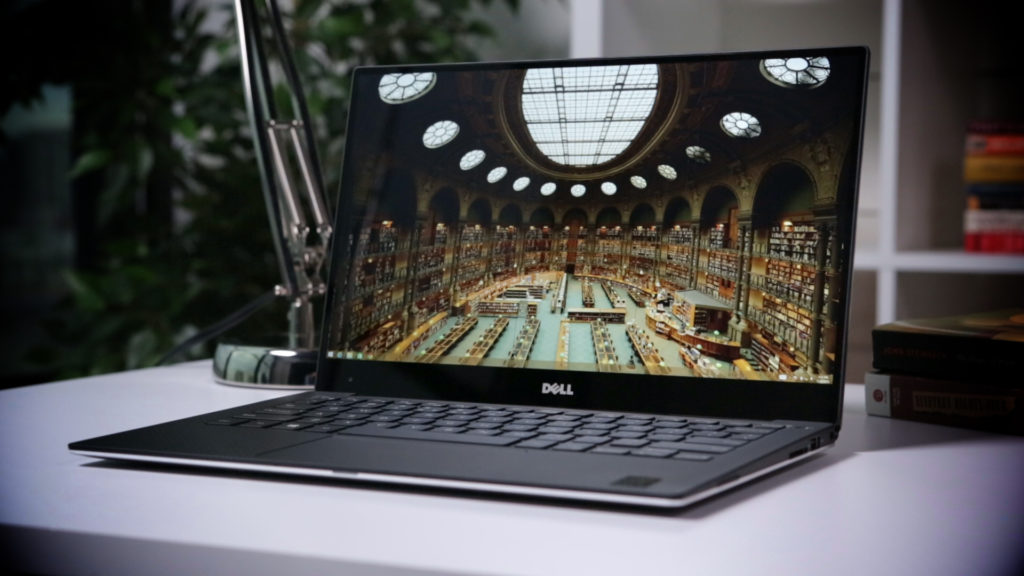Ionic said it had developed prototypes of a rechargeable alkaline battery that can be made using continuous manufacturing processes similar to the making of plastic wrap. So far, the company, which is backed by William Joy, a pioneering Silicon Valley computer designer, has demonstrated up to 400 recharge cycles for its prototypes. Ionic executives say they believe they will be able to triple that.
The alkaline batteries that Ionic has developed would initially be heavier than today’s lithium-ion batteries, said Mike Zimmerman, a materials scientist who is the founder and chief executive of Ionic. But the new batteries would more than compensate for that handicap with their cost advantage and, in time, their ability to store more energy.
There are other advantages besides cost and safety. Lithium-ion batteries rely on cobalt, and using that element comes with a human cost. Cobalt mines in Africa, for example, have been accused of using child labor while leaving behind a toxic mess.
Alkaline batteries, on the other hand, use relatively abundant zinc and manganese. “Ionic can help us get lithium-ion past cobalt and completely eliminate it with alkaline,” said Mr. Joy, who is a member of Ionic’s board.
He also said that the company had made progress toward an alkaline battery design that would replace zinc with more affordable aluminum. In the past, aluminum has not been usable because of issues like corrosion. Alkaline batteries based on aluminum would potentially weigh less than lithium-ion batteries and would be even cheaper to produce than today’s alkaline designs.
Ionic will make its announcement in Colorado at a conference for the 35th anniversary of the Rocky Mountain Institute, a sustainable-energy research group founded by the physicist and environmentalist Amory Lovins and Hunter Lovins, his former wife.
“They started with a very sensible set of criteria,” Dr. Lovins said of Ionic. “They use an unusual electrolyte to come up with a battery that uses common cheap materials and is benign.”
But he added a note of caution: “Batteries are very difficult and I want to see what they have and what can be measured and proven and whether it will get to market.”
Technological progress in battery technology has been glacial compared with the exponential advances in processing speed and data storage capacity that have been staples of Silicon Valley’s growth. In the last 150 years, only a handful of rechargeable battery chemistries have reached mass adoption.
Tesla, in partnership with Panasonic, is building a factory in Nevada with the intent of greatly expanding capacity to make lithium-ion batteries and lower production costs. Tesla officials said they wanted to create enough capacity to produce batteries for 1.5 million cars a year.
There is growing interest in pursuing such so-called solid-state battery technologies for both consumer and transportation applications. Last fall, the United States Department of Energy’s agency for supporting research in next-generation energy technology announced 16 research awards aimed at accelerating development of solid battery technologies, including a $3 million contract to Ionic Materials. The company said it had signed several licensing deals to produce commercial versions of its design, but it would not identify its partners.
The United States Advanced Battery Consortium, an auto industry group, wants to greatly reduce the cost of lithium-ion production. Analysts, however, say they believe the new facilities and technology from auto and Dell r795x notebook battery manufacturers will help bring costs down, but still fall short of industry goals.
In contrast, Ionic executives said they had found a way to achieve energy production costs that would be less than a fifth of the auto consortium’s target.
Bloomberg New Energy Finance, an energy research group, has forecast that mass-market adoption of electric vehicles will not occur until operating costs fall to match those of internal combustion engines. That is expected to happen in 2025, according to the group.
In December, Ionic Materials also described a solid material it said would improve the safety of existing lithium-ion batteries. The company has demonstrated the batteries’ resistance to catching fire or exploding by driving nails through them and even shooting them with bullets.


Comments
No comments yet.
Sorry, the comment form is closed at this time.